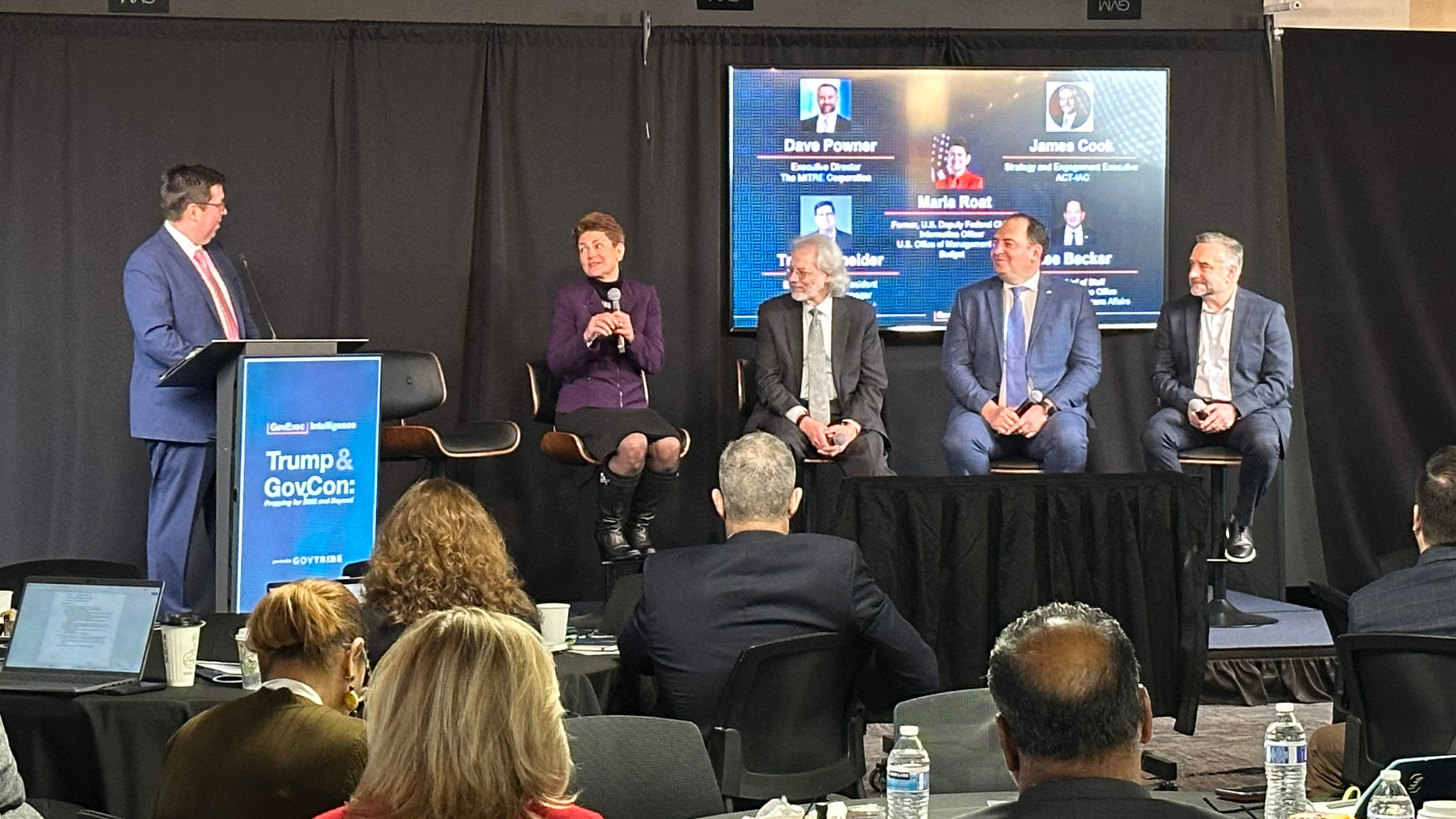Following a divisive and often acrimonious election, many in the government technology contracting space may feel concerned about the potential changes to come. Regardless of politics, change brings stress and anxiety. To many observers, the current government transition and the change seems more consequential than usual. According to research by GovExec, 70% of government executives believe the upcoming transition will be “much more significant” than the previous one.
I recently attended a GovExec seminar, “Trump & GovCon: Prepping for 2025 and Beyond,” in which an impressive array of former government officials and seasoned industry observers shared their thoughts on what the transition holds in store. Interestingly, despite some of the incendiary language we heard at times throughout the Presidential campaign, many of the speakers noted many commonalities between the previous Trump administration – and even the Obama administration – that were carried forward during the Biden administration and are expected to continue with the new administration.
For example, Maria Roat, former deputy federal CIO in the Biden White House, noted that it was the first Trump administration that implemented the Technology Modernization Fund (TMF) for multi-year funding as a way to drive technology modernization. The TMF has remained as a funding method under the Biden administration, and one can reasonably expect that it will remain so in the second Trump administration.
Many of the speakers also hinted that some of the fears about drastic federal workforce cuts may be overblown. Some of them noted that rhetoric about personnel cuts will be overtaken by the reality of the critical need for the institutional knowledge and experience that the federal workforce brings. Peter Levine, a former Defense official and Congressional staffer who is now senior research fellow at the Institute for Defense Analysis, noted that the deregulation that the new administration craves cannot be successfully achieved without the assistance of an experienced workforce familiar with the barriers that must be overcome in order to deregulate.
Levine also noted that every new administration comes in with the idea of applying commercial solutions to government problems, only to find out that the government operates very differently. He suggested that the incoming administration will hit those same bumps in the road. “They’re going to find out this is harder than simply changing a set of rules,” he said.
Jenny Mattingley, vice president for government affairs at the Partnership for Public Service, said the new administration’s focus on getting workers back to the office may be more complicated than expected, adding this also represents a continuation of a policy espoused by President Biden.
Many of the speakers addressed the so-called Department of Government Efficiency (DOGE) and what impact that might have. David Berteau, president and CEO of the Professional Services Council industry group, observed that almost every incoming administration has come in with its own efficiency initiatives, although DOGE differs in that it will operate outside of government. Still, he said the model is not unprecedented and that he is optimistic about its success if it operates from the top down and stays focused on outcomes and results to give contractors leeway to propose innovative solutions to achieve those results.
I left the event feeling like I had not really heard anything radical and that the world of government tech may certainly look different a year from now but not excessively so. We don’t really know what will transpire, but it was comforting that the speakers were measured in their levels of concern and, in some cases, optimistic about the next four years.
Responsible citizens should always stay focused on what our government leaders do, and that certainly will hold true with this new administration. But regardless of what happens, it’s clear there will continue to be opportunities for the government and the contractors who serve it to continue to apply technology to help us tackle our greatest challenges.




